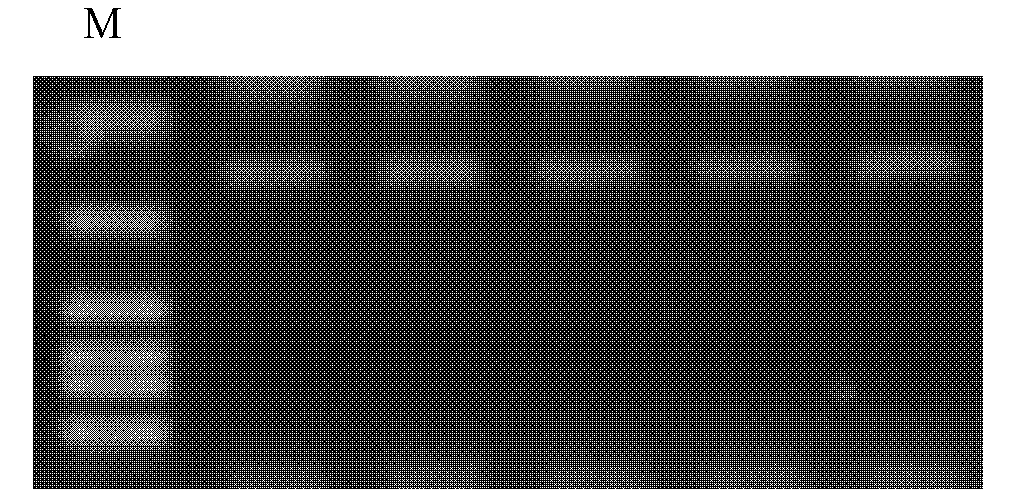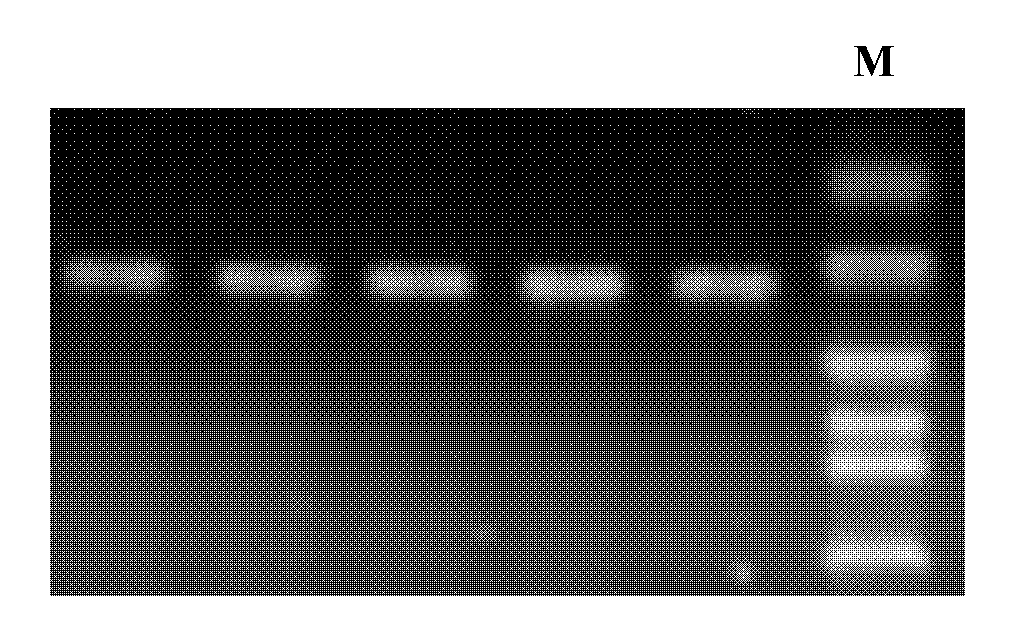Breeding method of multi-gene pyramiding of fine breed milk goats
A milk goat and polygene technology, which is applied in the breeding field of multi-gene aggregation of fine-bred dairy goats, can solve the problems of expensive detection costs, cumbersome operations, and poor implementation of molecular laboratories, so as to speed up the progress of breeding and improve the efficiency of selection Effect
- Summary
- Abstract
- Description
- Claims
- Application Information
AI Technical Summary
Problems solved by technology
Method used
Image
Examples
Embodiment Construction
[0022] A. PCR amplification of PRLR intron 2 and exon 10 using primers P1 and P2, and PCR amplification and polymorphism of LHβ gene 5'UTR and exon 1 using primers P3 and P4 1. Goat Blood sample collection and processing Take 5 mL of goat blood sample, add 0.2 μL of ACD (2.4 g of citric acid; 6.6 g of trisodium citrate; 7.35 g of glucose; dilute to 50 mL, autoclave) for anticoagulation, slowly invert 3 times and put Store in an ice box at -80°C for later use.
[0023] In this example, 265 blood samples of Xinong Sanen dairy goats that had continuously produced 2 or more lambs were collected from Qianyang Sanen Sheep Breeding Farm in Shaanxi Province and Shaanxi Green New Century Biological Co., Ltd.
[0024] 2. Extraction and purification of genomic DNA from blood sample 1) Thaw the frozen blood sample at room temperature, transfer 500 μL to a 1.5 mL Eppendorf tube, add an equal volume of PBS buffer, mix well, centrifuge at 12000 r / min for 10 min (4 ° C), discard the supernata...
PUM
 Login to View More
Login to View More Abstract
Description
Claims
Application Information
 Login to View More
Login to View More - R&D
- Intellectual Property
- Life Sciences
- Materials
- Tech Scout
- Unparalleled Data Quality
- Higher Quality Content
- 60% Fewer Hallucinations
Browse by: Latest US Patents, China's latest patents, Technical Efficacy Thesaurus, Application Domain, Technology Topic, Popular Technical Reports.
© 2025 PatSnap. All rights reserved.Legal|Privacy policy|Modern Slavery Act Transparency Statement|Sitemap|About US| Contact US: help@patsnap.com



